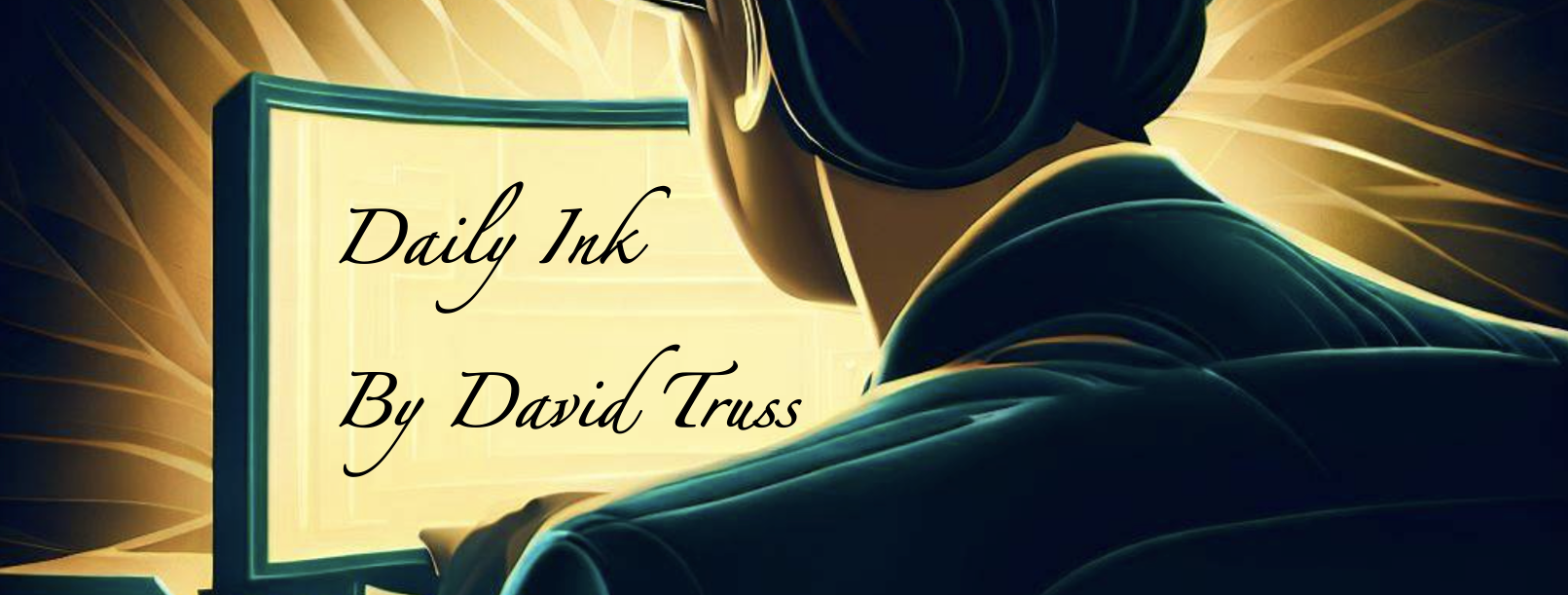I’m sure if I go looking, I’d find a similar post I’ve written before, but this idea is worth exploring (again) and it was inspired by Aaron Davis’ comment on yesterday’s Daily Ink.
I don’t remember where I first heard this, but it was decades ago, before I became an educator: “People do the best they can with the resources they have.”
This is such an empowering position to hold when dealing with an upset person. They are trying, they are doing their best, they are hurting and need compassion. This shifts the direction of the conversation, especially when your own buttons are pushed by the person or when they are showing their upset by going on the attack.
If you go into a conversation with an upset person believing they are only there to attack you, that leaves you only with a choice of being defensive or going on the attack yourself. If you go into the same conversation thinking this person is upset and doing the best they can, suddenly you can shift to helping them, even when their strategy isn’t ideal.
This isn’t always easy. Here is an example from a while back at another school: Student does something very inappropriate. Parents are invited in. Parent has heard the student’s ‘creative’ perspective on how they are not at fault. Parent comes in with metaphorical ‘guns-a-blazing’ to defend the kid.
Whether it’s a father or mother that comes in, I call this ‘mama bear’ behavior. Mama bears will do anything to protect their cubs. So, what’s the worst thing that you can do with an angry mama bear? Attack the cub in front of them.
The easy, but unhelpful reaction to hearing a parent defend a kid, who has fabricated a story to the parent about the innocence of their behaviour, is to call the kid out. The harder thing to do is to remember that the kid is scared and doing the best they can, and the parent is angry and doing the best they can. A counterpoint at this juncture can easily lead to an unhealthy argument. So, a softer approach is better.
It’s a matter of remembering that we want the same thing… to take care of a student who has in our eyes done wrong and in the parents eyes has been wronged. And so that parent is doing the best they can with the knowledge and resources they have.
This doesn’t mean that you let the kid off. It does mean that you can take an approach that is more aikido than karate, more deflective and less of a direct attack.
Without going into specifics, I talk about how more than one kid was involved in the situation. I talk about how intentions aren’t always known and that two people can see the same situation in different ways. I ask the parent to remember that the other kid has a parent too, and might ask what they would think of the situation if they were the parent of the other child (this is delicate and not something to do early on, only when the parent is less angry than when they came in to defend their cub).
It’s only when the parent can see another perspective that I then discuss their kid, and the approach is that ‘we both want the same thing’. Without saying it bluntly, the approach is asking ‘Do you want your kid acting this way?’ or more subtly, ‘Do you want your kid being perceived they way they are being perceived?’
In essence, it’s about giving the parent more information and resources than they arrived with, to deal with the situation better than an angry mama bear has defending a cub from danger. It’s about saying, ‘Your kid made a bad choice’, and separating their behaviour from their identity and the parent’s identity too. And then it’s about helping both of them get the strategies and resources they need to make the situation better.
It’s not easy. But when a mama bear sees that you want what’s best for their kid… and that’s really what you want even though the kid made a really bad choice… then the outcome becomes what you intended it to be. That same mama bear parent has, at times, even wanted to go harder on their kid than I do. If it comes to this point, they are still operating under the same pretence, they are doing the best they can with what they’ve got.
Like this:
Like Loading...













